Yes, saffron is absolutely a spice—not just a food coloring or herb. Despite its floral origin, saffron meets all culinary definitions of a spice. In this guide, we'll explain why, explore its origins, uses, and how to identify authentic saffron for your kitchen.
Table of Contents
- What Is Saffron Exactly?
- What Defines a Spice? (Hint: Saffron Fits)
- Where Does Saffron Come From?
- How to Use Saffron Like a Pro
- Saffron Buying Guide: Don't Get Snookered!
- Frequently Asked Questions About Saffron
- Saffron vs. Other Spices: What Sets It Apart?
- Final Thoughts: Yes, Saffron Is a Spice—and So Much More
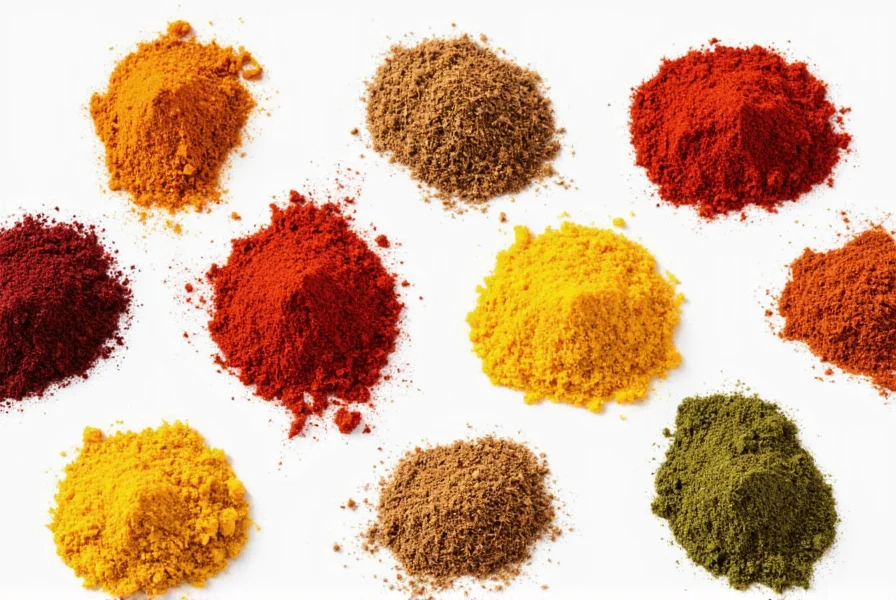
What Is Saffron Exactly?
Saffron comes from the delicate stigmas of the Crocus sativus flower—yes, the same family as crocuses you see blooming in spring! Each bloom produces only three vivid red stigmas, which are carefully handpicked and dried to become the saffron threads used in cooking and herbal medicine.
But here's the kicker: because each flower yields so little usable material and harvesting is done manually, saffron is incredibly labor-intensive. That's one reason it's often called "red gold".
The Harvest Process
- Flowers bloom early in the morning.
- Each blossom is picked within a few hours of opening.
- Stigmas are separated by hand—no machines involved.
- Then they're gently dried using low heat over several hours.
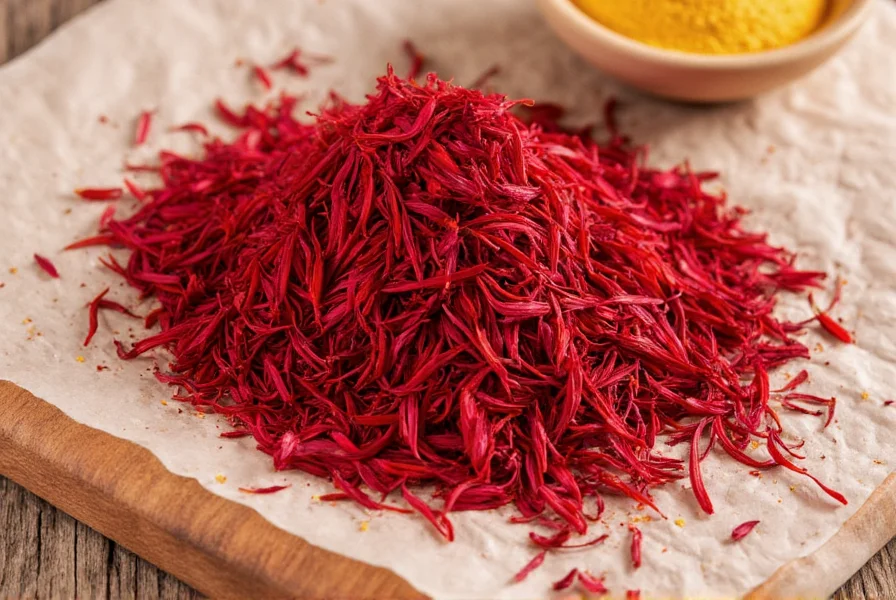
What Defines a Spice? (Hint: Saffron Fits)
Let's start with a quick refresher: what defines a spice?
In culinary terms, spices come from any aromatic, plant-based part that's not a leaf—unlike herbs, which typically come from leaves. Spices can be derived from seeds, roots, bark, fruits, or flowers.
Saffron fits this definition perfectly. It comes from the flower's stigma—a reproductive part—and is used in small quantities to flavor, color, and sometimes preserve food. So yes, saffron qualifies as a spice—not just in name, but in function and tradition.
Spice vs. Herb: Quick Comparison
| Type | Plant Part | Examples | Saffron Status |
|---|---|---|---|
| Herb | Leaf | Basil, Thyme, Cilantro | Nope |
| Spice | Seed, Root, Bark, Flower | Cinnamon, Cardamom, Clove, Saffron | ✅ Yes! |
Where Does Saffron Come From?
Saffron has been around since ancient times. In fact, it was prized by Egyptian royalty, Roman emperors, and Persian kings. Today, it remains a symbol of luxury and sophistication.
The majority of the world's saffron comes from Iran, which accounts for over 90% of global production. However, countries like India (Kashmir), Spain, Greece, and Morocco also produce high-quality saffron.
Historical Uses of Saffron
- Used in religious rituals
- Dye for fabrics and paints
- Mixed into perfumes and medicines
- Luxury ingredient in royal kitchens
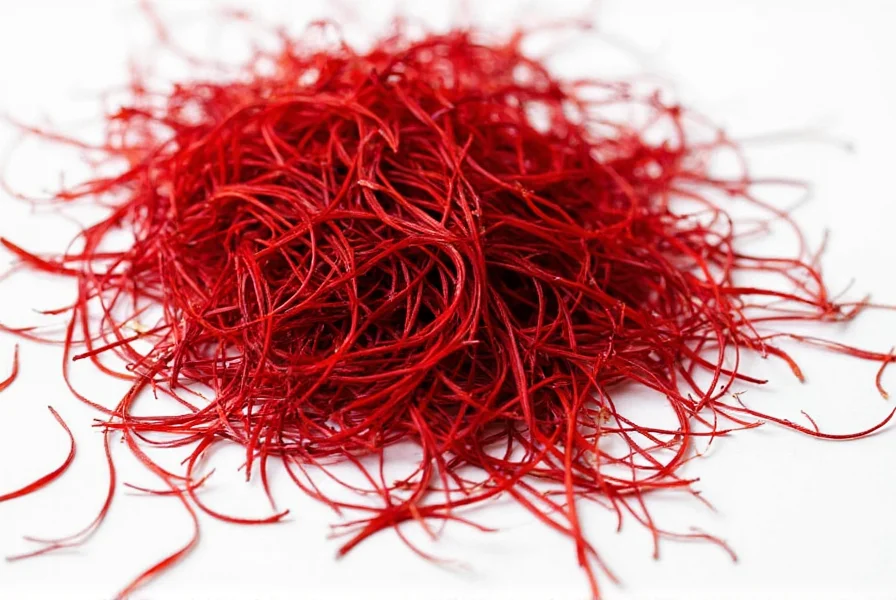
How to Use Saffron Like a Pro
Using saffron isn't rocket science, but there are definitely ways to make the most out of those tiny crimson threads. Here are some expert-approved methods:
Top 5 Ways to Use Saffron
- Steep in Liquid First: Before adding to your dish, steep saffron in warm water, broth, or milk for 15–30 minutes to release flavor and color.
- Add Early in Cooking: This allows the flavors to infuse thoroughly into sauces, rice dishes, and soups.
- Avoid High Heat Directly on Threads: To protect its delicate aroma, don't add saffron directly to a hot pan without liquid.
- Pair with Complementary Flavors: Saffron shines when paired with seafood, citrus, almonds, chicken, and rice.
- Use Sparingly: A little goes a long way. Too much can turn your dish bitter or medicinal.
Popular Dishes Using Saffron
- Paella Valenciana – Spanish rice dish with seafood or meat.
- Risotto alla Milanese – Creamy Italian rice with Parmesan and beef marrow.
- Bouillabaisse – Traditional French fish stew.
- Kheer – Indian rice pudding with cardamom and nuts.
- Saffron Ice Cream – Popular dessert in Middle Eastern and Mediterranean regions.
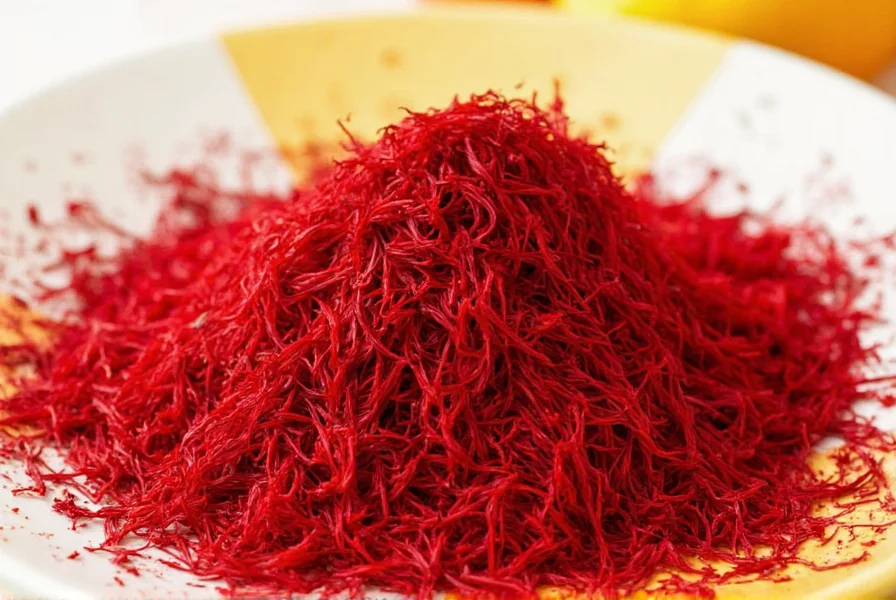
Saffron Buying Guide: Don't Get Snookered!
With all the counterfeit products out there, buying authentic saffron can feel like walking through a minefield. Here's how to choose the real deal:
What to Look For When Buying Saffron
- Whole Threads Over Powder: Powdered saffron is easier to fake; stick with whole strands for authenticity.
- Deep Red Color: Real saffron is mostly red with a slight orange tip. Avoid yellow or pale threads.
- Strong Aroma: Should smell earthy, floral, and slightly sweet—not dusty or neutral.
- Price Reflects Quality: If it seems too cheap, it probably is. Expect to pay anywhere from $10 to $100+ per gram.
Best Saffron Brands & Products
Here are some trusted names and products ideal for different needs:
Iranian Super Negin Saffron
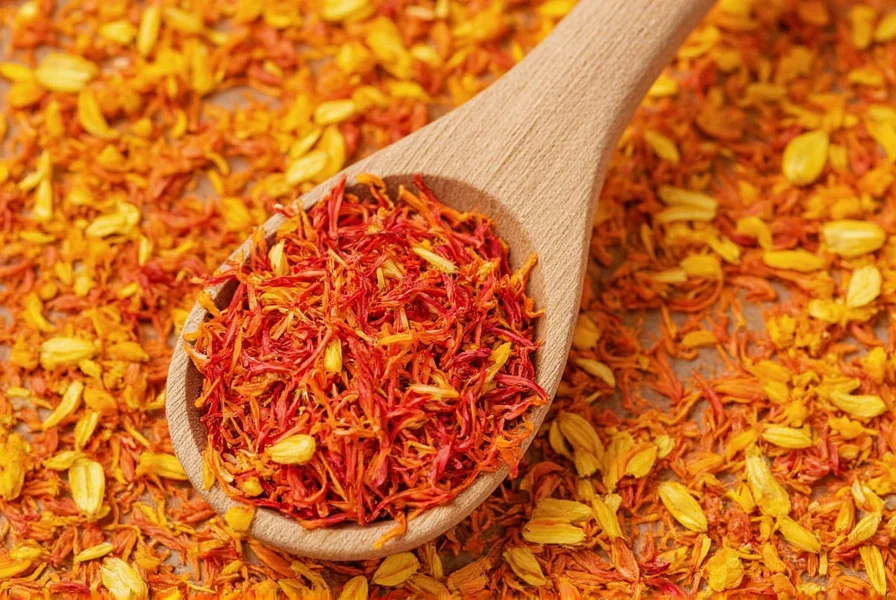
- Features: Highest grade, longest red threads, minimal waste
- Advantages: Strongest flavor and color potency
- Use Cases: Gourmet cooking, special occasion dishes
- Target Audience: Professional chefs, serious home cooks
- Occasions: Anniversaries, holidays, upscale dinners
Spanish Coupe Grade Saffron
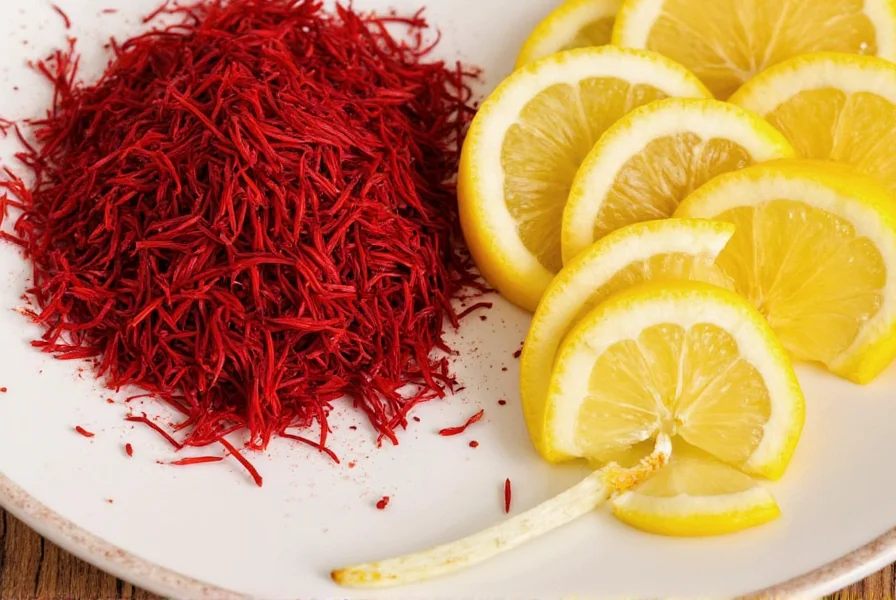
- Features: Medium length, bright red-orange threads
- Advantages: Balanced flavor-to-price ratio
- Use Cases: Paella, paella-inspired dishes
- Target Audience: Home cooks looking for authenticity
- Occasions: Weekend meals, dinner parties
Kashmiri Mongra Saffron
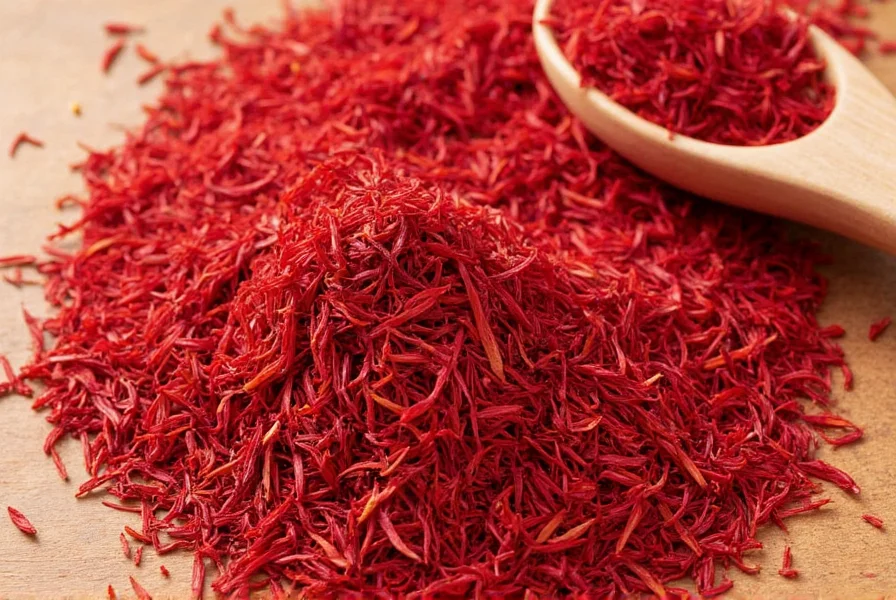
- Features: Deep red threads, unique terroir
- Advantages: Floral notes, rich heritage
- Use Cases: Desserts, teas, traditional curries
- Target Audience: Enthusiasts and cultural cuisine lovers
- Occasions: Festivals, weddings, family gatherings
Frequently Asked Questions About Saffron
Is saffron really considered a spice?
Yes, saffron is absolutely considered a spice. It meets the culinary definition of a spice as it comes from a non-leaf part of the plant (the stigma of the Crocus sativus flower) and is used in small quantities to flavor, color, and preserve food. Unlike herbs which come from leaves, spices can be derived from seeds, roots, bark, fruits, or flowers—and saffron fits perfectly within this definition.
Why is saffron so expensive compared to other spices?
Saffron is expensive due to its incredibly labor-intensive harvesting process. Each Crocus sativus flower produces only three stigmas, which must be hand-picked early in the morning. It takes approximately 75,000 flowers to yield just one pound of saffron threads. The entire process—from harvesting at dawn to the careful hand-separation of stigmas to the gentle drying process—is done manually, making it one of the most labor-intensive crops in the world.
How much saffron should I use in a recipe?
Only a small amount of saffron is needed—typically just a pinch (about 20-30 threads) is sufficient for most recipes serving 4-6 people. Saffron is potent, and using too much can result in a bitter, medicinal taste. For best results, steep the threads in warm liquid for 15-30 minutes before adding to your dish to maximize flavor and color extraction.
How can I tell if saffron is authentic and not fake?
Authentic saffron has several distinguishing characteristics: whole threads (not powder), deep red color with a slight orange tip (avoid yellow or pale threads), strong floral and slightly sweet aroma (not dusty or neutral), and it releases a rich golden-yellow color when steeped in warm liquid. Be wary of saffron that's suspiciously cheap—real saffron costs anywhere from $10 to $100+ per gram depending on quality.
What's the difference between saffron and turmeric?
While both provide yellow color to dishes, they're completely different. Saffron comes from flower stigmas and has a delicate floral, honey-like flavor with a golden hue. Turmeric is a root with a bitter, earthy flavor and a more intense yellow-orange color. Saffron is significantly more expensive and is used in much smaller quantities than turmeric. They're not interchangeable in recipes as they provide different flavors and visual effects.
How should I store saffron to maintain its quality?
Store saffron in an airtight container away from light, heat, and moisture. A dark cupboard or refrigerator is ideal. Properly stored, saffron threads can maintain their potency for 2-3 years, though their flavor and color will gradually diminish over time. Never store saffron in a humid environment or near strong-smelling foods, as it can absorb odors.
Can saffron go bad or expire?
Saffron doesn't technically "go bad" in the sense of becoming unsafe to eat, but it does lose potency over time. Fresh saffron has a distinct floral aroma and deep red color. As it ages, the color fades and the aroma weakens, resulting in less flavorful and less vibrantly colored dishes. For best results, use saffron within 1-2 years of purchase and store it properly to maximize shelf life.
Saffron vs. Other Spices: What Sets It Apart?
While many spices bring bold flavor, saffron brings elegance, subtlety, and an unmistakable visual flair. Let's compare it to other common spices.
Comparison Table: Saffron vs. Top Culinary Spices
| Spice | Origin | Flavor Profile | Color Contribution | Price Range | Common Use |
|---|---|---|---|---|---|
| Saffron | Persia (Modern-day Iran) | Ethereal, floral, honey-like | Golden-yellow hue | $$$ | Rice dishes, desserts, stews |
| Cinnamon | Sri Lanka, India | Warm, woody, sweet | Brown tones | $ | Baking, drinks, spice blends |
| Cumin | Middle East, India | Earthy, nutty, smoky | Light brown | $ | Curries, chili, meats |
| Turmeric | India | Bitter, earthy | Vibrant yellow | $$ | Curries, golden milk, anti-inflammatory tonics |
| Nutmeg | Indonesia | Rich, sweet, slightly peppery | Brown speckles | $$ | Baked goods, custards, sauces |
Final Thoughts: Yes, Saffron Is a Spice—and So Much More
So, after breaking down the definition, origin, usage, and market value—it's clear: saffron is absolutely a spice. But more than that, it's a culinary treasure, a symbol of luxury, and a testament to the artistry of cooking.
Whether you're drizzling it over risotto, blending it into a dessert sauce, or simply admiring its golden hue, saffron brings magic to the kitchen. And while it may cost more than your average spice rack staples, its flavor, beauty, and storied history make every penny worth it.
So next time someone asks, "Is saffron a spice?" you'll be ready with a confident yes—and maybe even offer them a taste!
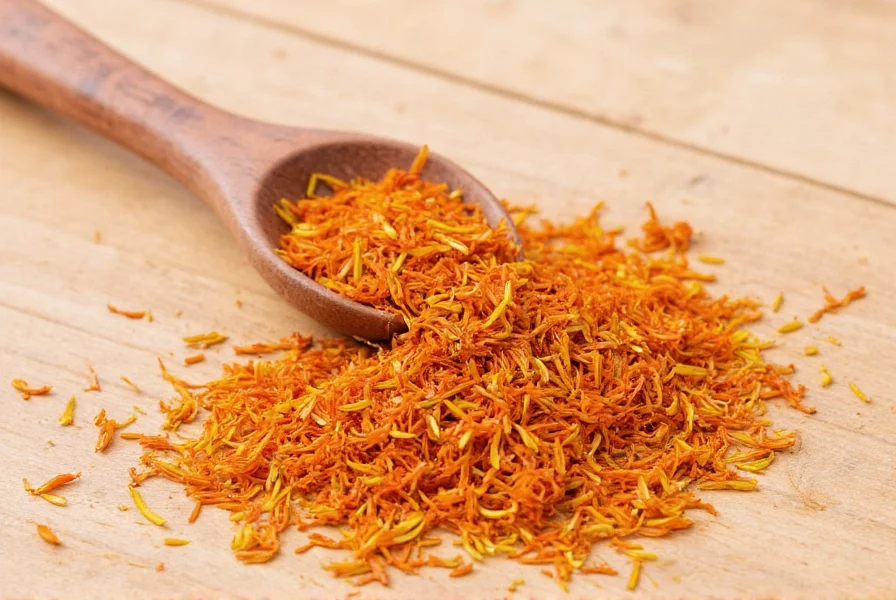

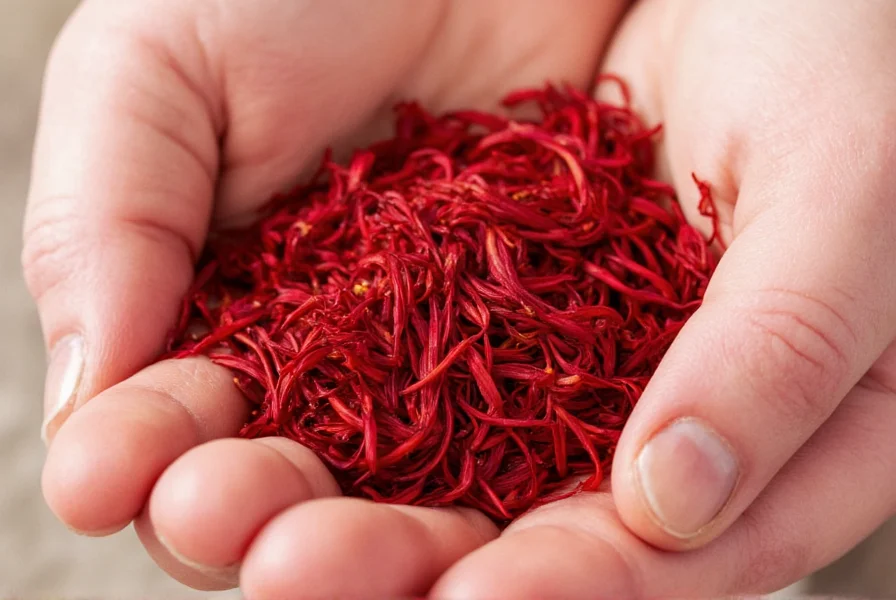









 浙公网安备
33010002000092号
浙公网安备
33010002000092号 浙B2-20120091-4
浙B2-20120091-4